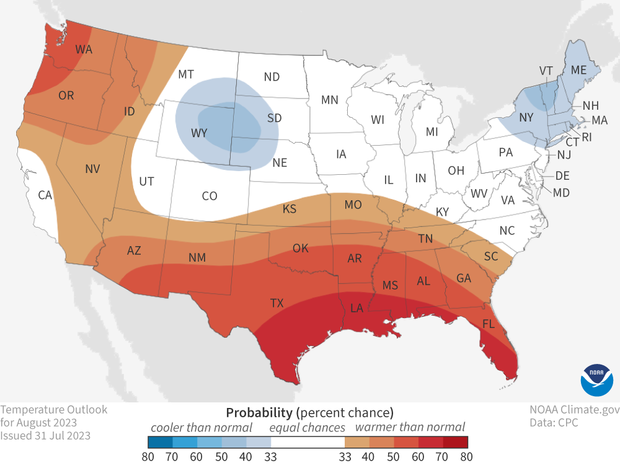Climate action: State of the states

During this summer of extreme weather, when newly alarmed citizens are asking experts if there is hope for the planet and the experts are hedging in response, U.S. states have the tools to take matters into their own hands.
Data tells the tale. The non-profit group ClimateXchange has a State Climate Policy Dashboard that provides state-by-state status on climate policy and progress. In addition, ClimateXchange partnered with non-profit RMI to assess how 20 representative states are working toward reduced emissions. The new State Climate Scorecard displays the results. The news is mixed, but somewhat encouraging. California is a climate outlier, with advanced policies for reducing emissions and protecting the environment. States including Washington, New York, Massachusetts, Maryland, and Georgia have also made inroads in addressing their greenhouse gas emission concerns.
The rate of positive change is likely to accelerate. The 2022 federal Inflation Reduction Act offers states and local governments, plus tribal organizations, businesses, non-profits, and educational institutions significant incentives to transition to a clean energy economy. The act also encourages environmental justice (in 2023 and 2024 it offers opportunities for solar and wind projects). The National Caucus of Environmental Legislators (NCEL) offers a free briefing book explaining how states can best leverage the benefits of the Inflation Reduction Act. RMI outlines specific opportunities for state governments here, and the White House provides its own state-by-state summaries here.
One year after the passage of the Inflation Reduction Act, states, municipalities, tribal governments, and specific types of non-profits are using tax credits and rebates to create jobs and subsidize business's and individuals' purchase of energy efficient solutions ranging from EVs to heat pumps. These entities are also applying for major grants, including for climate pollution reduction and advancing environmental justice. Climate-forward businesses operating or opening new facilities within U.S. states are already taking advantage of available funding and incentives. Utilities are investing in renewable energy.
The availability of financial incentives can in many cases triumph over politics, wherein some of the purple or red states will take advantage of dollars available to create jobs and business opportunities – sometimes despite the fact that the funding and incentives are intended to slow the human-made climate change in which they claim not to believe. For example, RMI estimates that Texas could, thanks to the Inflation Reduction Act, add 116,000 jobs by 2030, and enjoy $131 billion in federal investment during that same period. North Dakota could add 3,000 jobs and recieve $9 billion dollars.
Tracking state legislation is fascinating. The list of climate bills that have been introduced, made it through a chamber, or passed so far this year takes up 92 pages on NCEL's website. All but about eight states have worked on climate legislation in 2023. Examples of state bills passed include a broad clean energy and zero emissions targets bill in Minnesota (H.F.7), a bill to "Create Legacy Permanent Funds" for sustainable agriculture and more in New Mexico (S.B.9), a carbon sequestration pilot project in Indiana (S.B.0451), an offshore wind affiliate bill in Virginia (S.B 1477) and an offshore wind energy goals bill in Maryland (S.B.0781), plus many more.
In summary, states' initiatives prior to the Inflation Reduction Act, were bolstered (or in some cases given a jump-start) by the act. The potential, for some states, is huge. Consider that, in 2018, ten states contributed half of U.S. total greenhouse gas emissions, and have a particular role to play in reducing them. (These states are TX, CA, FL, IL, PA, OH, LA, IN, NY, and MI. According to the World Resources Institute, their combined greenhouse gas emissions are "nearly equal to the combined emissions of Japan, Canada and Germany, or all of India’s emissions.") Nationally, 84 percent of emissions come from the energy sector, with agriculture coming up next with about 9 percent. Specific states' action plans will likely reflect areas of greatest need (for example, Texas emissions are by far greatest in the industry, transportation, and electricity/heat sectors, while Illinois also has substantial agricultural and residential carbon emissions).
Individual states' will to change, the Inflation Reduction Act, and so-far-unknown federal legislation and severe weather impacts to come will together determine the rate at which states, and thus the nation, will move toward the critical zero emissions goal.
Now? We see glimmers of hope.